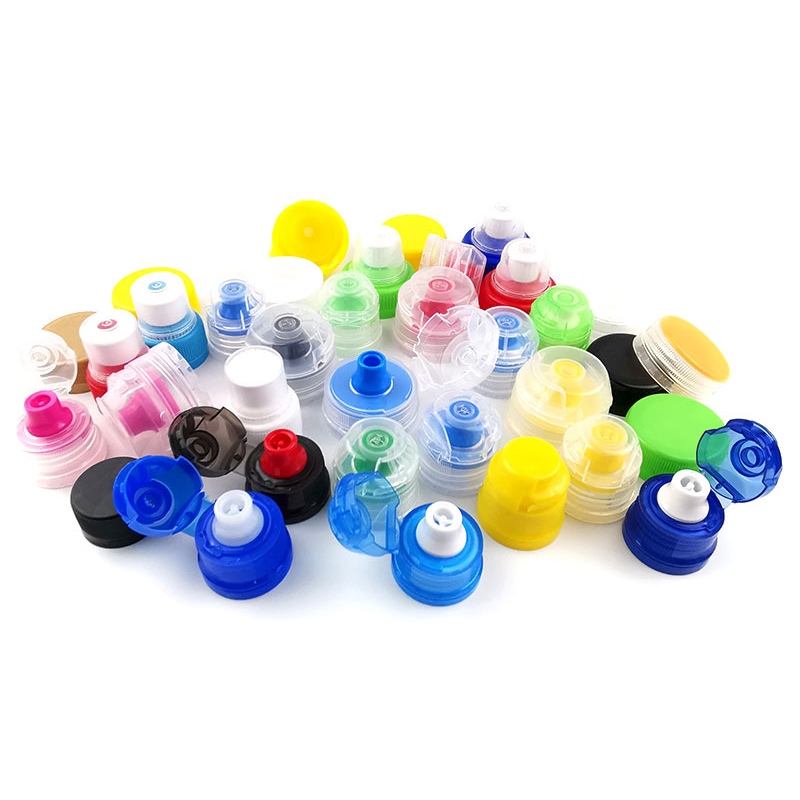Cap Moulds is mainly used for the production of the cap moulding in a large number of industries. The cap mould is the main tool for the manufacture of rubber or PVC products. These are used in different sectors like the electronics industry, the construction sector, the health care sector and the textile industry. These are also used in a wide range of other sectors that include automotive, military, aerospace, chemical, electronics, furniture, textiles, and rubber and plastic industries. The cap mould is a special type of machine that uses a heat press that presses the rubber or PVC into a mould that is cap shaped and closed.
This mould is then cooled down and pressurised so that the plastic slips in the mould. The most common use of this process is to produce the cap sleeves for caps of different sizes and shapes. The caps and sleeves are then cooled down and are again pressurised into the cap mould. The process of pressing, cooling and pressing again creates a shape in the mould from which the caps are made. The cap mould is often pressed using a combination of techniques such as centrifugal and sliding moulding methods.
There are two types of cap moulds - flip top mould and flip top sleeves mould. Flip top mould is a special type of cap mould where the product is poured into a container that is cap shaped. The container is then rotated on a rotary press and the product is ejected. It is important that all the required ingredients and the proper measurements are included in the container prior to the pouring of the mixture. In flip top moulds, the product is allowed to cool before the first stage of the moulding begins. The product is also ejected on the same rotating motion.
Cap molds are used to manufacture cap sleeves for caps of different sizes and shapes. During the cap moulding process, the cap sleeves are screwed on to the cap mould before it is closed. However, this process can be prevented by applying an electrostatic charge to the cap sleeves before screwing them on to the cap mould. Most cap sleeves are made with screws instead of screws and nails and are therefore easier to screw on and remove than cap moulds with screws. The advantage of cap moulding is that there are fewer risks of the cap sleeves collapsing during or after the closing of the mould.
Cap molds are used extensively in the production of caps. The two most common manufacturing processes for cap moulds include semi-automatic and automatic. In semi-automatic cap making, a set of removable molds - either semi-automated or controlled manually - are fitted onto a cap shaft. Once these moulds are removed from the cap shaft they are manually screw threaded into the cap shaft, which holds the cap in place.
In the case of automatic cap mould production, a single cap mould is held in place along the length of the cap shaft. The material for the cap mould is inserted into the cap mould from above, and when it is closed (the cap closes), it spins up and down until it is ready to be packaged. From the packaging point of view, the cap mould is considered the 'ultimate packaging tool' because it has a very high level of automation. The flip-top cap mould is a close runner-up to the cap mould as the most efficient method of packaging in terms of production and cost saving, however it lacks the flexibility and adaptability of the cap mould.





 English
English русский
русский Español
Español عربى
عربى






 +86-15157625901 / 13706572756
+86-15157625901 / 13706572756 info@suncomold.com
info@suncomold.com  No.2 Gongxin Avenue, Beicheng Street, Huangyan, Taizhou, Zhejiang, China
No.2 Gongxin Avenue, Beicheng Street, Huangyan, Taizhou, Zhejiang, China